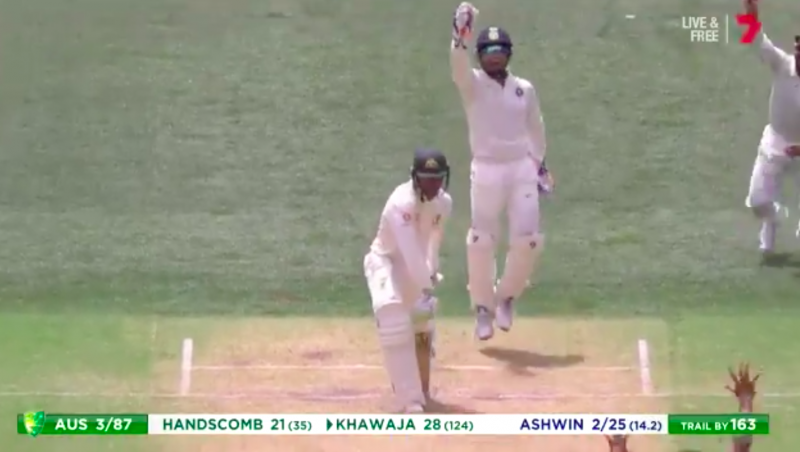TV networks gear up for battle after sporting rights shake-up
Summer sport is often lauded as a vital launch pad for the biggest reality franchises of the year. So what happens when everything is turned on its head? Zoe Samios chats with the TV executives to understand how the sporting rights shake-up has hit the networks’ strategies in 2019.
On a balmy afternoon a week ago, I was asked why all the summer sports codes had changed channels. It was not a conversation about camera angles, commentary teams, the cricket audience split between Foxtel and Seven, or the disappointment that Ten didn’t have the Big Bash League, and ‘What the hell they are doing instead’. It also wasn’t a ‘Jeez, how screwed is Nine now that Federer is out of the Aus Open?’, or ‘Seven wasted their money on that useless cricket team’.
In the mind of this young woman it was simple: Why did it change and where could she watch tennis? I was asked the same about the cricket just days later. Consumers, unsurprisingly, do not think about the summer programming schedule the way the media bubble does.
Though in the office, it’s a different story. Hours are spent slicing and dicing numbers, churning through the copious amounts of data to figure out the question: Who spent their money more wisely?



Can someone teach this Prosser bloke to
speak properly … sounds like he’s in grade 3 !